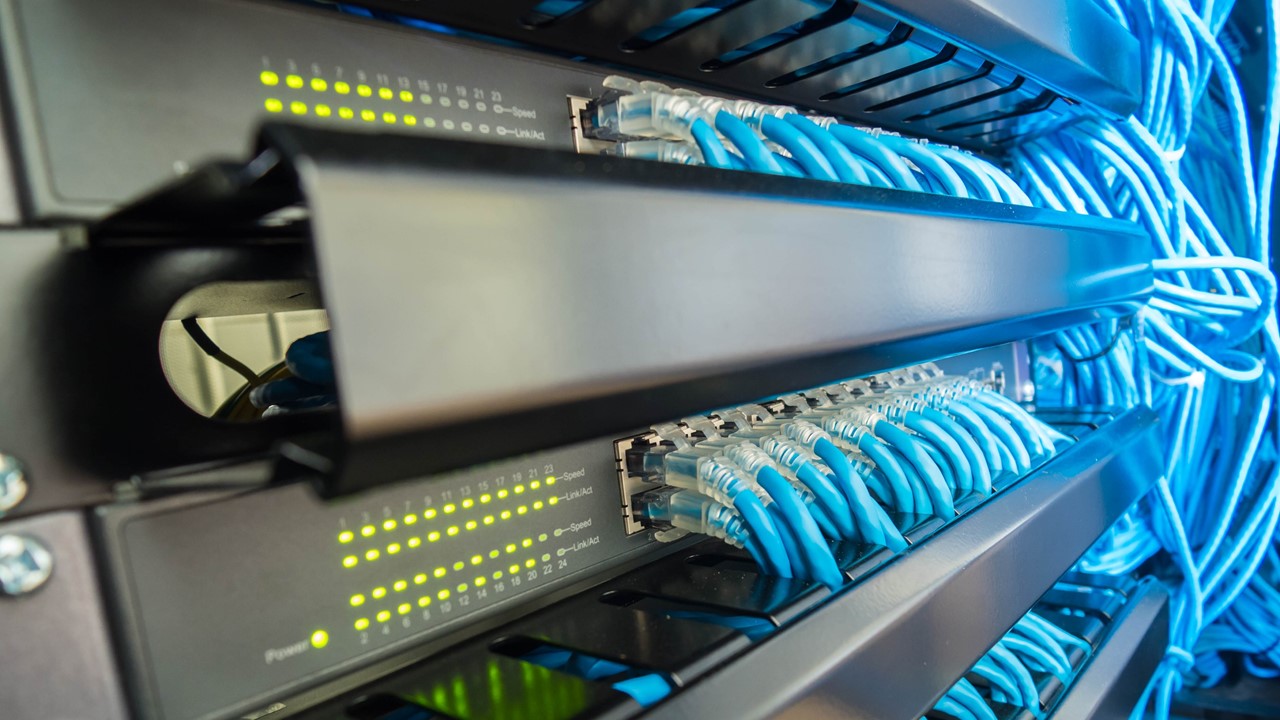As an AI language model, ChatGPT is already a powerful tool that can be used for a wide range of tasks, including natural language processing, question answering, language translation, and more. However, if you want to build a more specialized AI system using ChatGPT, here are some steps you can follow: Define your problem: Start […]
Continue Reading
A database is an organized collection of data that is stored and managed using a computer system. It is designed to make it easy to access, manage, and update large amounts of data in a structured way. Databases can be used to store a wide variety of information, such as customer data, financial records, product […]
Continue Reading
Here are some tips for creating basic SQL queries, along with examples: Start with a clear understanding of the data you need to retrieve. Identify the specific fields (columns) you need to include in your query. Example: If you want to retrieve a list of customers from a database, you might need their names, email […]
Continue Reading
Classic machine learning (ML) methods and deep learning (DL) are two approaches to solving complex problems in data science. Here are some pros and cons for each: Classic machine learning: Pros: Faster and more efficient for smaller datasets. Simpler and more interpretable models. Easier to debug and improve upon. Cons: Not suitable for complex, unstructured […]
Continue Reading
Analyzing and visualizing large amounts of data for web applications can be accomplished using Python web frameworks such as Flask, Django, and Pyramid. Here are some steps you can follow: Collect and preprocess the data: Before you can analyze and visualize the data, you need to collect it and preprocess it to make it suitable […]
Continue Reading
The core principles of programming can be summarized as follows: Abstraction: Abstraction is the process of focusing on the essential features of an object or concept while ignoring its irrelevant details. In programming, abstraction helps to manage complexity by hiding implementation details and presenting only the essential features to the user. Decomposition: Decomposition is the […]
Continue Reading
Python is a powerful programming language that is widely used in scientific computing, data analysis, and machine learning. There are many scientific computing modules and libraries available for Python that make it easy to perform complex data analysis tasks. Here are some steps you can follow to use Python for scientific computing and data analysis: […]
Continue Reading
There are many different types of distributions in statistics, but here are some of the most common ones: Normal distribution: Also known as the Gaussian distribution, the normal distribution is a bell-shaped curve that is symmetrical around the mean. It is used to model many naturally occurring phenomena, such as the height of individuals in […]
Continue Reading
There are several statistics that are important for business analysis, including: Descriptive statistics: Descriptive statistics are used to summarize and describe important features of a data set. They can include measures such as mean, median, mode, range, standard deviation, and variance. Inferential statistics: Inferential statistics are used to draw conclusions about a population based on […]
Continue Reading
Machine learning algorithms with Python can be used to solve a wide range of real-world problems across various industries. Here are some examples: Healthcare: Machine learning algorithms can be used to analyze medical data to identify patterns and predict disease outcomes. For example, predicting the likelihood of a patient developing a certain disease based on […]
Continue Reading
To become a good data scientist, there are several key qualities that one should possess. Here are some of them: Strong analytical skills: Data scientists should be able to analyze complex data and draw meaningful insights from it. This requires strong analytical skills, including the ability to think critically and logically. Programming skills: Data scientists […]
Continue Reading